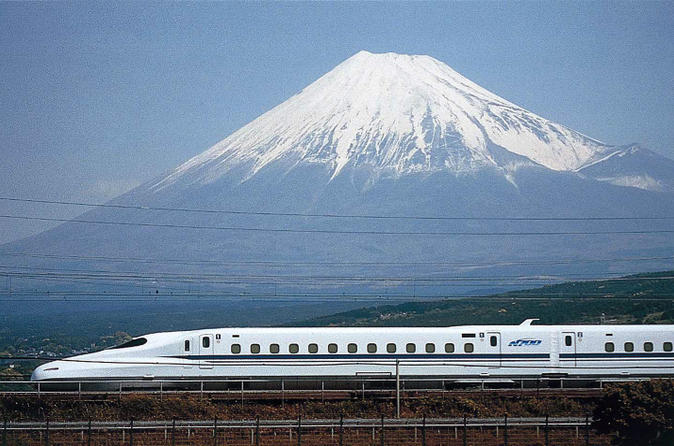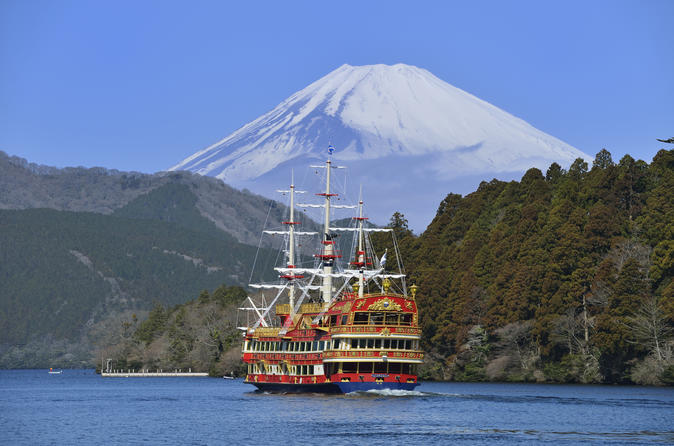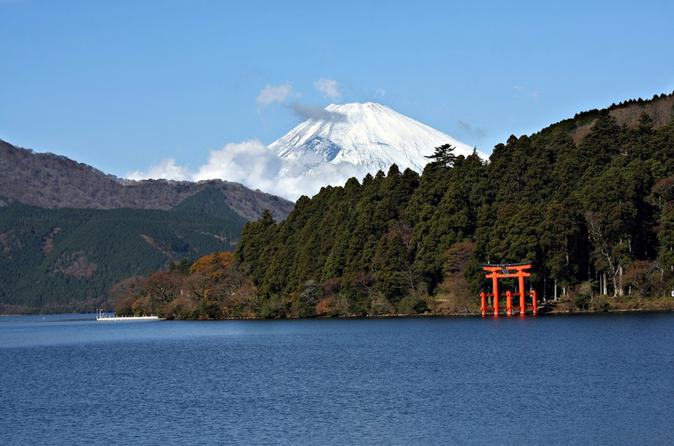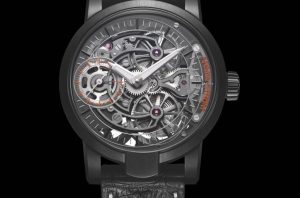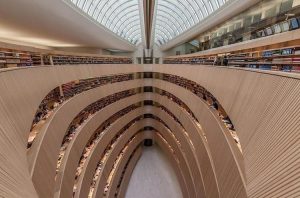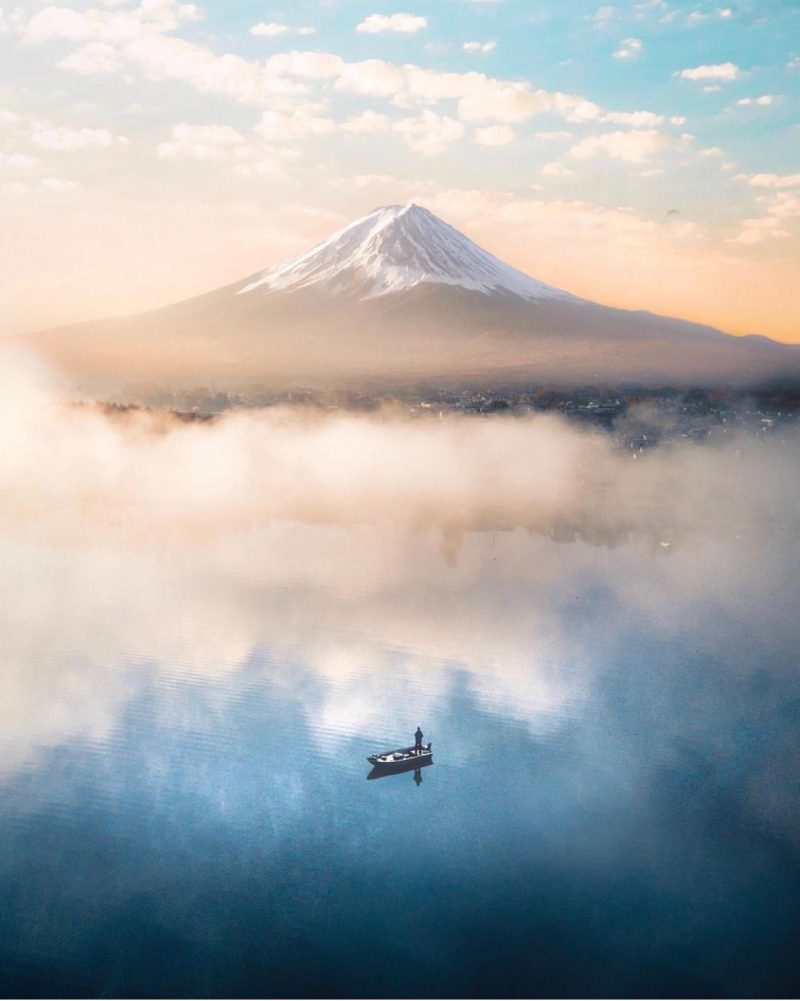
As Japan’s highest mountain, the legendary Mt. Fuji stands 12,388 feet (3,776 meters) tall. Travelers from around the world head to Hakone National Park to see the mountain, and over 1 million of them hike all the way to the top each year for the 360-degree views of Lake Ashi, the Hakone mountains, and the Owakudani Valley.
The Basics
Whether you hike to the top or take it easy at the Fuji Visitor Center’s observation deck, visiting this UNESCO World Heritage site is an unforgettable experience for any traveler to Japan. If you’re not looking to climb the mountain, plenty of viewpoints and attractions are easily accessible by bus: travelers can head to the Fuji Visitor Center to explore a small museum and view exhibits covering the Fuji Five Lakes and Mt. Fuji’s cultural importance; grab a bite to eat; or catch views onto the mountain at the observation deck. Further up at 7,545 feet (2,300 meters), Mt. Fuji 5th Station offers additional unobstructed views along with shrines and souvenir shops. Both locations also serve hikers preparing for their ascent. Many travelers visit the mountain on a day trip from Tokyo (usually by bullet train), with possible side excursions for hot spring soaking, shopping, or cruising Lake Ashi.
Things to Know Before You Go
* Mt. Fuji tours from Tokyo can last upwards of 12 hours, so prepare for a long day.
* Many tours include pickup and drop-off at Tokyo hotels.
* Wear comfortable walking shoes suitable for walking on uneven ground.
* Temperatures can be much cooler on the mountain than at the base, so remember to dress in layers.
* Combine your visit to Mt. Fuji with other popular activities, such as onsen soaking, outlet shopping, wine tasting, or a boat cruise.
* Mt. Fuji is notorious for its quickly changing weather conditions, so plan your trip for when visibility will be good.
How to Get There
Located 62 miles (100 km) from Tokyo, Mt. Fuji borders the Yamanashi and Shizuoka prefectures in Japan. The mountain can be reached by bullet train from Tokyo and then explored via tour bus. Another easy option is to take the Keio Express bus from Shinjuku in Tokyo directly to the start of the Kawaguchiko 5th Station climb. The bus takes two hours each way.
When to Get There
Climbing season at Mt. Fuji falls in July and August when the weather is mildest and snow is limited. The mountain is at its most crowded during this time. If you’re not climbing, clearer spring skies give the best views of Mt. Fuji’s snow-capped peak.
Where to Find Great Views of Mt. Fuji
Lake Kawaguchi, one of the Mt. Fuji five lakes, provides some of the best unobstructed views of the mountain. Another popular viewing spot is Hakone, a resort town famous for its onsen, ryokan, and ropeway, where you’ll find the best views. A walk on the beaches of Kamakura yields spectacular views of the mountain in the distance, and on a clear day, it’s even possible to spot the peak from the top of Tokyo Sky Tree.
Click here to book a tour.

